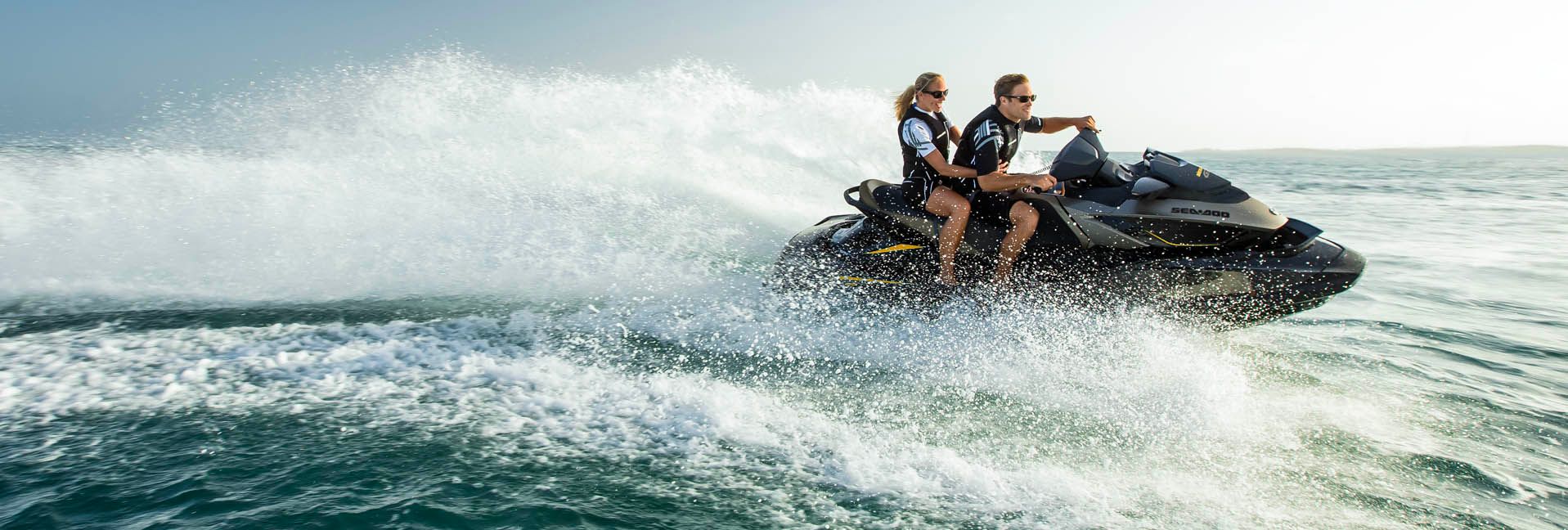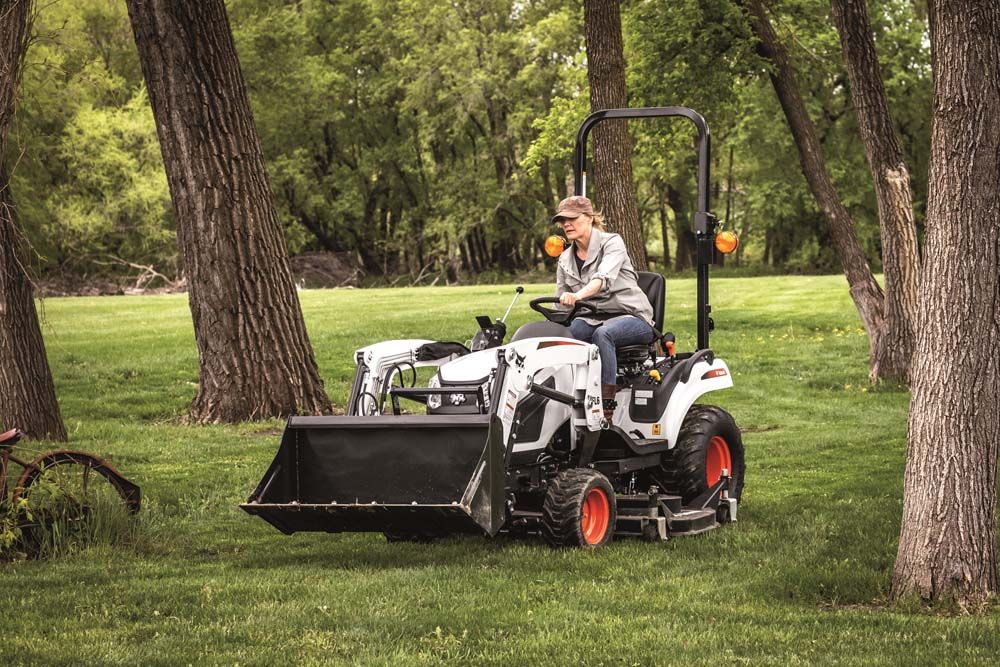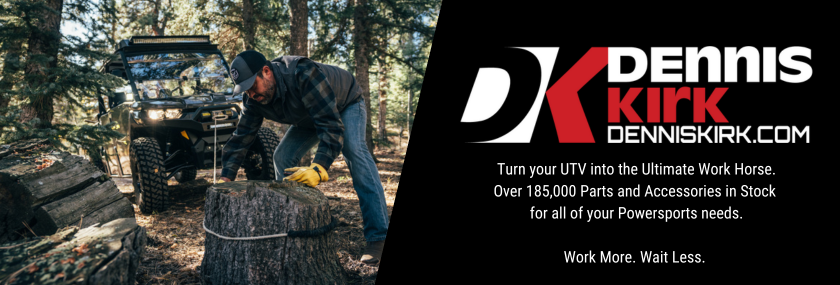PWCs: Entertaining Extremes - We take a look at the least and most expensive PWCs


Written by Jonathan Reed, Editor
July 11, 2017
There was a time when counting the number of manufacturers producing personal watercraft, PWCs, needed more than one hand. Today, three fingers do the job, but oh, but what a job they do.
Kawasaki, Sea-Doo, and Yamaha are well-recognized and well-respected names with long experience in motorcycles or recreational vehicles. Their PWC product lines are extensive, appealing to a wide range of specialized activities. To help understand the range, we are taking a look at the lowest- and highest-priced PWCs from each manufacturer. MSRP shown does not include trailer, cover, or accessories.
KAWASAKI STX-15F
Designed now primarily for novice PWC riders, the STX-15F’s hull is ideal for smooth water riding. We say “designed now” because this model was initially introduced more than a decade ago, and at that time was considered the line’s full-featured flagship. Powered by Kawasaki’s 160 hp 1489cc 4-cylinder marine engine, the STX-15F has plenty of power delivered to the low-slung deep-V hull. For beginners, the Smart Learning Operation mode helps new riders become familiar with the craft, while Kawasaki’s Smart Steering system helps riders maintain control when the throttle is released at high speed, such as in a turn.
This isn’t a stripped-down model, as it retains the top-of-the-line features that set it apart in the early 2000s: Rear view mirrors, large rear deck with retractable re-boarding step, 23.5-gallon onboard storage capacity and a fuel tank large enough for all-day cruising.
ULTRA 310LX
There may be reasons why PWC manufacturers make you look for horsepower ratings—they’d scare the bejeezus out of you. Kawasaki’s ULTRA 310 LX name gives a hint to the engine’s output—310 horsepower, making it the most powerful PWC made. (By comparison, runabout boats in the 20-30 foot length often aren’t as powerful.) For the gearheads, the digital fuel injection-fed 1498cc inline supercharged-and-intercooled four-cylinder engine produces gobs of boost from idle to redline, so it’s quick, very quick. To handle all that power, Kawasaki has designed a deep-V hull, with twin sponsors for maneuverability. Top speed is electronically limited.
Conveniences abound, like a retractable rear boarding step, adjustable handlebar, dedicated GPS mounting space, and a high-power waterproof sound system that Kawasaki calls Jetsound, a first for PWCs. Top level features include reverse gear (by manual lever, not electronic), cruise control, no wake mode, and comprehensive digital instruments to complement the huge waterproof storage space, and dual rearview mirrors.
Kawasaki Motors Corp., U.S.A., 866-802-9381, kawasaki.com
SEA-DOO SPARK
Coining the term “rec-lite,” BRP’s Sea-Doo SPARK watercraft embodies the “lite” portion of recreation perfectly. Keeping it the least expensive PWC on the market means choosing the model for two riders only, and the least powerful motor (which will still get you to 40 mph). Sea-Doo is pitching the design as “minimalist architecture” and minimalist it is. Standard features do include handle grips with palm rest, sponsors, a wet grip footboard, knee pad, tow hook and rear grab handle. Anything else like Sea-Doo’s brake and reverse system, or a front storage bin kit, or a reboarding step will cost extra.
To paraphrase a once-famous beer slogan, “It’s everything you wanted in a PWC, and less.” But it does get you and a friend on the water for PWC thrills.
GTX S 155
Sea-Doo realized that people sometimes spend hours enjoying their PWCs, and to that end they developed a unique suspended seat, which is why the GTX S 155 isn’t only the top of their line, it’s also the most comfortable. What’s different is that the hull moves independently of the upper deck, insulating riders from rough water conditions with 5.5 inches of travel. This makes the watercraft a true tourer for all-day riding with a large fuel tank, storage area, and ergonomically-designed stepped seat.
Performance isn’t compromised, either, since it features Sea-Doo’s most powerful naturally aspirated engine (no turbo- or supercharging) with 144 hp, guided by their intelligent brake and reverse technology for safer handling and control. Three modes of operation are available through the digital gauges. Closed-loop cooling prevents saltwater damage and damage from debris.
Sea-Doo, 888-272-9222, sea-doo.com
YAMAHA EX
Yamaha’s EX isn’t the least expensive PWC on the market, but if does offer features and comfort that not too long ago was considered top-of-the-line. Powered by a 3-cylinder 4-stroke engine that can take you to speeds in excess of 40 mph, standard items include a full-feature information center (dashboard), glove box, deck mats, tow hook, and automatic bilge. What don’t you get? No reverse or fancy operating modes, no mirrors or splashy custom graphics are available. Made for 1-3 passengers, the EX has a large 13.2 gallon fuel capacity for all-afternoon cruising.
FX LIMITED SVHO
Many Yamaha models above the EX is the company’s top-of-the-line FX LIMITED SVHO. Also made for 1-3 passengers, price starts at $16,899 but what you get is a longer, heavier, more forgiving and way more powerful PWC with all the bells and whistles. Powered by a supercharged 4-cylinder, 4-stroke, Super Vortex High Output Yamaha Marine engine displacing 1812cc, the list of standard equipment reads more like a boat than a PWC: dual mirrors, glovebox with cup holder, rebounding step, pull-up cleats for docking, watertight storage, cruise assist with no-wake mode, and electric trim system. (Basically think, “Yeah, it’s got it.”) You can even get a matching pull-behind float for family-fun tubing.
Yamaha Motor Corporation, 800-962-7926, yamahawaverunners.com
Tags:Product Showcase

Acreage Life is part of the Catalyst Communications Network publication family.
















